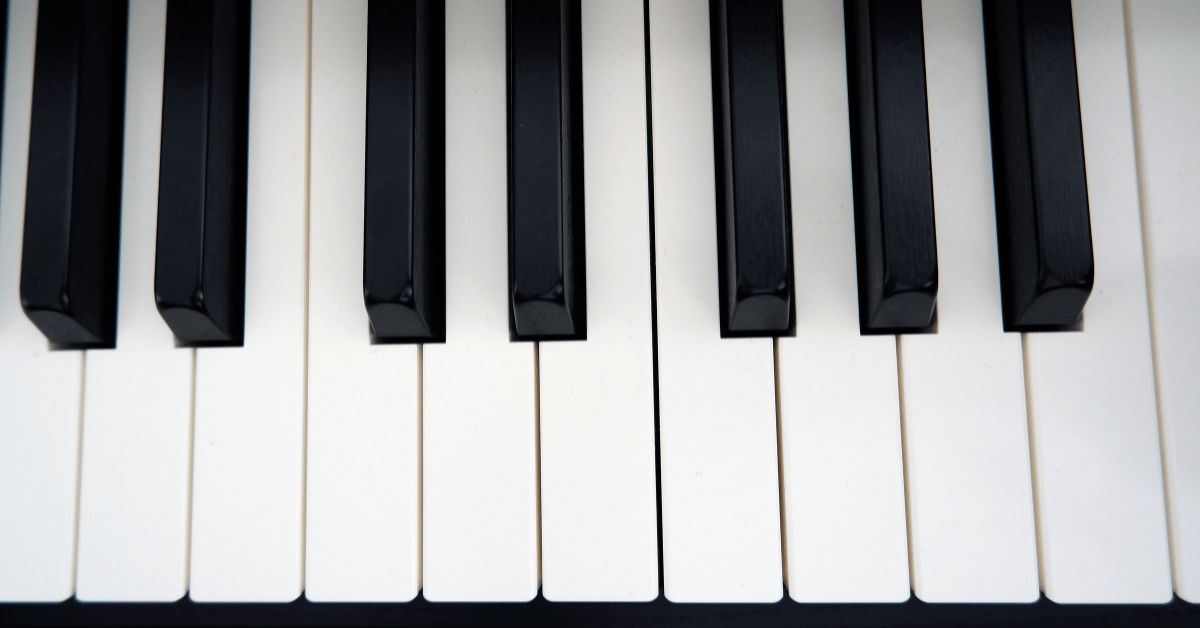Adding digital effects to your music can add a unique and interesting touch to any song. But the idea of using a digital piano to create these effects can seem daunting, especially if you’re new to using this instrument.
Digital pianos are great instruments for creating dynamic soundscapes filled with expressive possibilities, and by using digital effects you take full advantage of their capabilities.
From subtle changes in timbres and textures to experimental treatments that open up whole new realms of sound design – if it's possible musically then chances are there is some form of creative effect setting available somewhere.
Understand the Benefits of Integrating Digital Effects Into Music
Digital effects allow musicians to experiment and explore the limitless possibilities of sound manipulation. Not only do digital effects enhance the quality of sound, but they also allow for a deeper emotional connection to the music.
By incorporating digital effects into their music, musicians can take listeners on a journey and manipulate their emotions. They can create dramatic and powerful moments with the use of distortion, reverb, and delay, or they can evoke a sense of melancholy with the use of a simple echo effect.
The benefits of digital effects when integrated into music through a digital piano keyboard are endless, and the results can be truly inspiring.
Familiarize Yourself with Different Types of Digital Effects
1. How to Create a Reverb Effect
Creating a reverb effect, for instance, can give your music a sense of space and depth by replicating the sound of a performance in a larger venue or natural environment.
To create this effect on a digital piano keyboard, start by adjusting the reverb setting on your instrument.
You can then experiment with the depth and decay time to fine-tune the effect until it sounds just right.
With a little practice, you can use this technique to create immersive soundscapes that will take your music to the next level.
2. Incorporating Chorus and Delay Effects Into Your Music
Chorus and delay effects are popular options for incorporating into your music, as they can create a spacious and effect-laden soundscape.
Chorus can add a rich, thick texture to your piano sound, while delay can create an echoing effect that can add depth to your sound.
Experimenting with these effects can lead to exciting and rewarding results, giving your music a unique identity that will leave a lasting impression on your audience.
3. Utilizing Filters and EQs for Unique Sounds
Utilizing filters and equalizers (EQs) is crucial in creating unique sounds that stand out from the rest.
Filters allow you to manipulate the sound, whether you want to add a bit of distortion or create an underwater-like effect.
On the other hand, EQs enable you to adjust the frequencies to fine-tune your sound and emphasize certain aspects of your piece.
The possibilities of creating music using digital effects are endless, and the only limit is your imagination.
4. Adding Dynamics to Your Music with Compressors and Limiters
Compressors are used to level out the volume of your music, bringing the quieter parts up and reigning in the louder peaks.
On the other hand, limiters are there to keep the volume under control by setting a maximum level that the sound cannot surpass.
Getting acquainted with these digital effects will enable you to creatively craft your music with more control, so take the time to experiment and see what kind of sounds you can come up with.
Learn How to Use Digital Effects on Your Digital Piano
As technology continues to evolve, musicians have new opportunities to push the boundaries of what's possible with their instruments.
More than any other instrument, digital piano keyboard offers a wealth of possibilities for incorporating digital effects into your music, but knowing how to use these features can be a challenge.
Whether you're a beginner or an experienced musician, there are many creative ways to use digital effects on your digital piano.
By taking the time to explore these options and experiment with different settings, you can add complexity, depth, and interest to your music that wouldn't be possible with acoustic instruments alone.
With some practice and experimentation, you can master the art of incorporating digital effects into your music using your digital piano.
Tips for Combining Multiple Effects for Creative Results
Digital pianos have revolutionized the way we create and experience music. Their immense capabilities allow us to produce sounds that were once impossible to achieve with traditional pianos.
Incorporating digital effects into your performances can bring depth and versatility to your music and make it stand out from the rest.
But how do you combine multiple effects to create a unique sound? The key is to experiment and find a combination that complements the style of the music you're playing.
Try layering delay and reverb effects to create a dreamy sound or use a phaser effect for a spacey, unearthly feel.
Another option is to use multiple effects simultaneously, such as chorus and distortion, to create a complex, cinematic sound.
The possibilities are endless, and with a little experimentation, you can create music that is truly one-of-a-kind.

